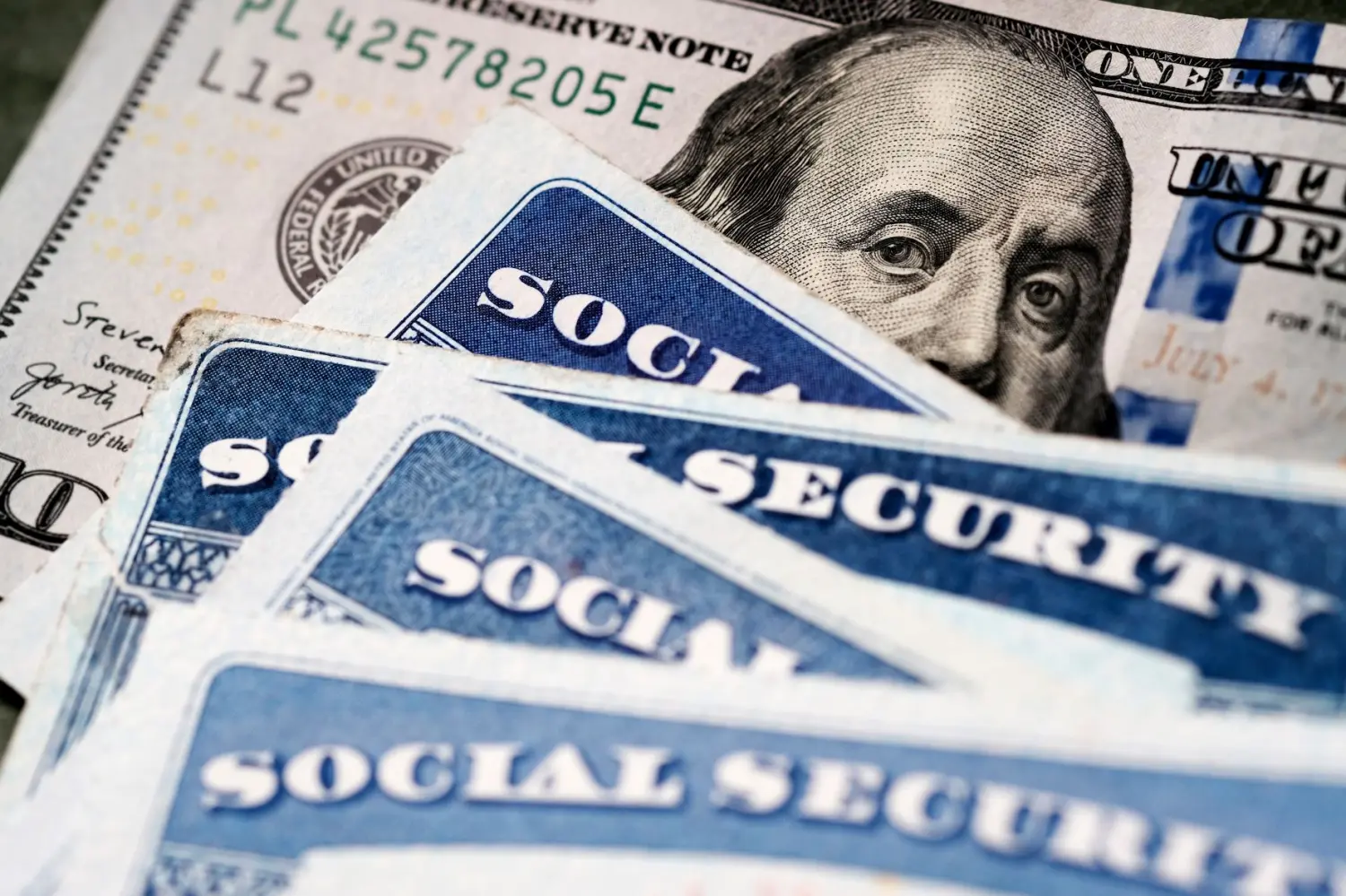The Supplemental Security Income (SSI) program is a vital financial lifeline for people who face challenges like disabilities, old age, or limited resources. The Social Security Administration (SSA) has decided to issue February 2025 SSI payments earlier to ensure beneficiaries receive their money on time.
This decision highlights SSA’s commitment to helping individuals manage their finances smoothly, especially those who rely on this assistance to cover basic expenses like food, housing, and utilities.
Why Is the February SSI Payment Coming Early?
SSI payments are usually distributed on the first day of each month. However, when that day falls on a weekend or a federal holiday, the SSA reschedules the payment. Since February 1, 2025, is a Saturday, the SSA will release the payment on Friday, January 31.
This rescheduling avoids delays and ensures recipients can access their funds without interruption. It’s part of SSA’s consistent efforts to provide timely and reliable support.
Cost-of-Living Adjustment (COLA) Brings Higher Benefits
The recent Cost-of-Living Adjustment (COLA) for 2025 has increased the maximum SSI benefit to $967 per month. This 2.5% rise helps beneficiaries manage rising living costs caused by inflation.
This adjustment is especially important for those who depend on SSI to meet essential needs, as it maintains their purchasing power despite financial challenges.
How Are SSI Payments Delivered?
The SSA offers several ways to receive SSI payments:
- Direct Deposit: This is the fastest and most secure method. It ensures the money goes directly to the beneficiary’s bank account.
- Direct Express Card: For those without a bank account, this card allows access to payments easily.
- Paper Checks: While still an option, the SSA advises against using checks due to the risk of delays or loss.
To ensure safety and reliability, the SSA recommends direct deposit for all beneficiaries.
Who Qualifies for SSI in 2025?
SSI is designed to assist people with limited income and resources. Those who may qualify include:
- Adults aged 65 or older with low income.
- Disabled individuals unable to work.
- Children with disabilities from low-income families.
Unlike Social Security Disability Insurance (SSDI), which is based on work history, SSI eligibility focuses on financial need. Applicants must meet these two criteria:
- Income Limits: Monthly income must fall below specific limits, which include wages, pensions, or other benefits. Some types of income, like certain gifts or support, may not be counted.
- Resource Limits: Individuals can have up to $2,000 in resources, while couples can have up to $3,000. Essential assets like a primary home or car are excluded.
Additionally, applicants must meet health-related requirements. Adults need to prove a disability that prevents them from working for at least 12 months or is expected to result in death. For children, eligibility is based on how their disabilities affect daily life compared to other children of the same age.
Can You Receive SSI and Social Security Benefits Together?
Yes, it is possible to receive both SSI and Social Security benefits, but certain conditions must be met. For example:
- A retiree with a limited income may qualify for both programs.
- A disabled individual receiving Social Security benefits might also qualify for SSI if their income is below the SSI limit.
However, the total amount received from both programs may be adjusted to ensure it stays within allowable limits. Beneficiaries should contact the SSA to understand how the combination of benefits applies to their specific situation.
For more details and resources, visit the official SSA website.
Disclaimer – Our team has carefully fact-checked this article to make sure it’s accurate and free from any misinformation. We’re dedicated to keeping our content honest and reliable for our readers.







